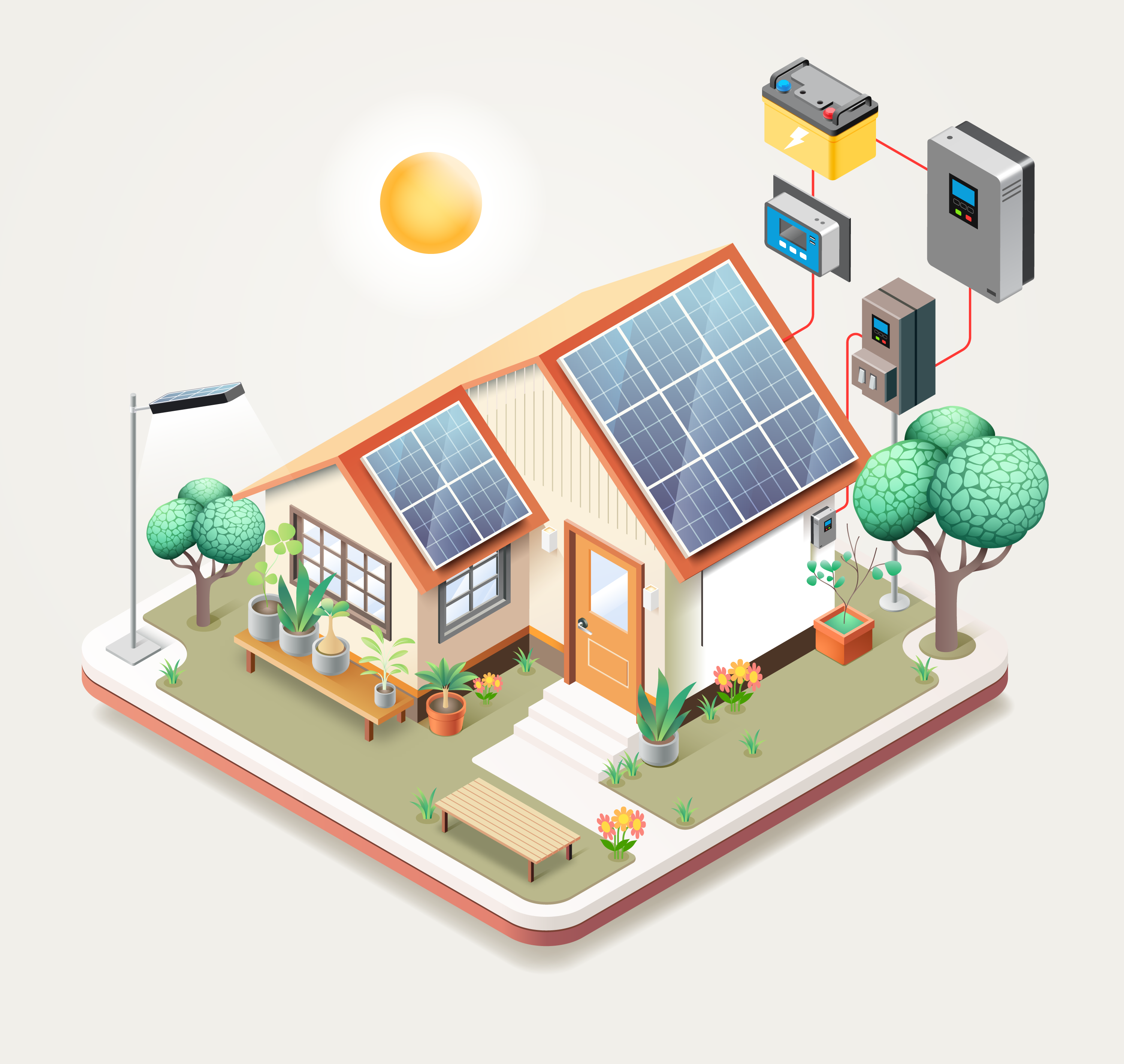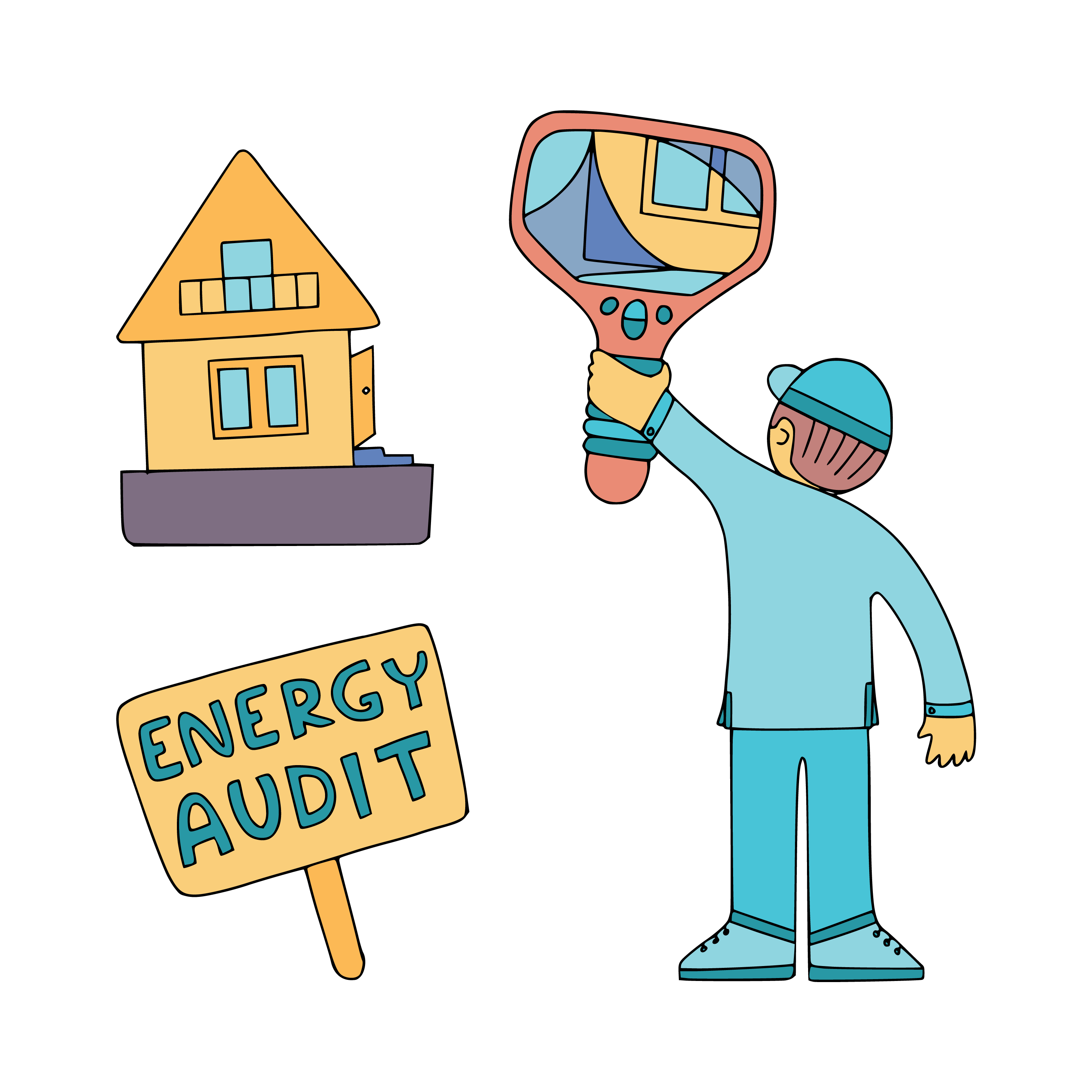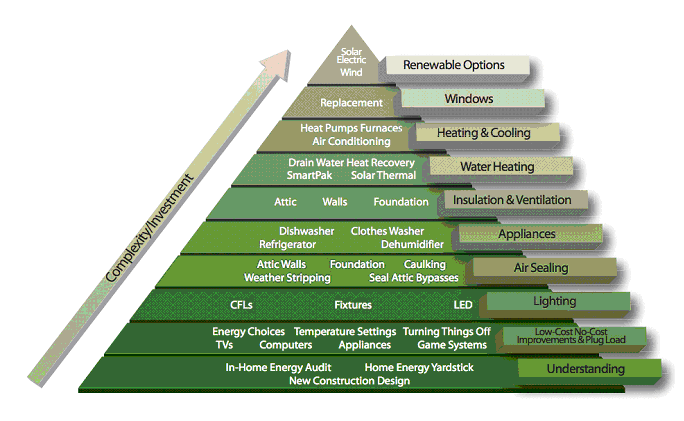Home Energy Efficiency – Discover the Path to a More Sustainable Home
Home energy efficiency is all about maximizing energy use while minimizing energy waste, helping homeowners cut costs and reduce their environmental footprint. It involves strategic upgrades like improved insulation, energy-efficient appliances, and smart thermostats to optimize heating and cooling. By making homes more efficient, individuals not only lower utility bills but also contribute to a more sustainable future by reducing greenhouse gas emissions.

Understanding Home Energy Efficiency
Home energy efficiency refers to using less energy to perform the same tasks or produce the same outcomes. It involves optimizing your home’s components and systems to reduce energy consumption, thereby lowering your energy bills and minimizing your environmental footprint.
The Home Energy Audit
A comprehensive home energy audit is an assessment that pinpoints inefficiencies in a home’s energy use, from air leaks to outdated appliances. A fee you already pay monthly on your utility bill can help reduce the costs of a comprehensive home energy audit. Professional auditors use tools like blower doors and infrared cameras to detect air leaks and insulation issues. By evaluating insulation, HVAC systems, and electrical consumption, homeowners gain a clear understanding of where energy—and money—might be wasted. The audit results serve as a roadmap for future improvements, guiding cost-effective upgrades like sealing gaps, upgrading to energy-efficient appliances, or investing in renewable energy. With this tailored plan, homeowners can prioritize actions that maximize savings and sustainability over time.


The Energy Conservation Pyramid
The energy conservation pyramid is a visual guide to prioritize energy-saving measures. At the base are the simplest and most cost-effective actions, which can but do not need to be implemented first. As you move up the pyramid, the measures become more comprehensive and often require a larger investment.
Factoid: Did you know that upgrading a home’s insulation is often one of the easiest home upgrades with the quickest payback period, measured in months. The best part – it keeps paying you back in lower energy bills, routinely 20-25% lower, long after the project payback.
Energy Efficiency Improvements Ranked
Below is a list of energy efficiency improvements, ranked from the smallest to the largest investments:
Small Investments
- LED Light Bulbs: Replace incandescent bulbs with energy-efficient LED bulbs, which use up to 75% less energy.
- Weatherstripping: Apply weatherstripping around doors and windows to seal air leaks and improve insulation.
- Programmable Thermostat: Install a programmable thermostat to regulate your home’s temperature efficiently.
- Low-Flow Showerheads: Replace old showerheads with EPA Watersense certified models that reduce water heating costs while maintaining great performance.
Medium Investments
- Energy-Efficient Appliances: Upgrade to ENERGY STAR-rated appliances that consume less energy and water.
- Double-Glazed Windows: Install double-glazed windows to improve insulation and reduce heat loss.
- Insulation: Add or upgrade insulation in your attic, walls, and floors to maintain a consistent indoor temperature.
- Sealing Ductwork: Seal and insulate ductwork to prevent air leaks and improve HVAC system efficiency.
Large Investments
- Solar Panels: Install solar panels to generate renewable energy and reduce reliance on the grid.
- High-Efficiency HVAC Systems: Replace old heating and cooling systems with high-efficiency models.
- Geothermal Heating and Cooling: Invest in a geothermal system to utilize the earth’s stable temperature for heating and cooling.
- Complete Home Renovation: Undertake a comprehensive renovation focusing on energy efficiency, including structural improvements and smart home technology integration.

